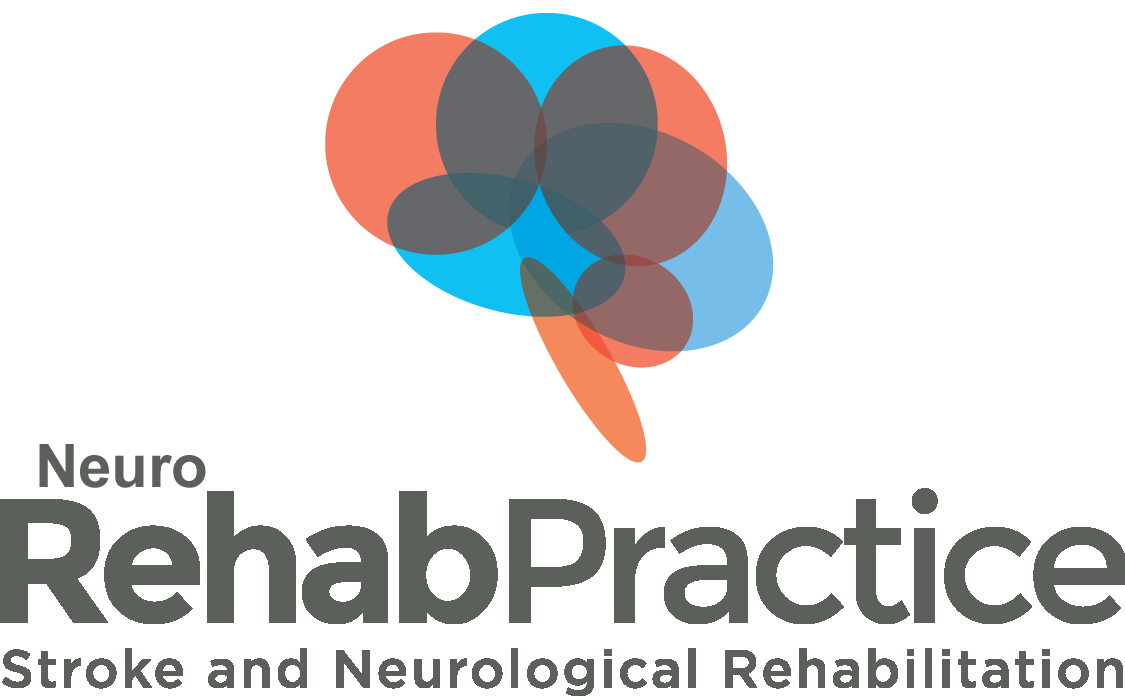The Rehab Practice Ltd Trading As:

Stroke
How Stroke may affect you
A stroke can affect people in a variety of different ways. Typically a stroke affects one side of a persons body, depending on the extent and area of the central nervous system that is damaged. People may have difficulties with weakness or stiffness in their limbs (motor signs), altered sensation, affected speaking and communication, swallowing, changes to the personality, changes to the balance, vision amongst many other symptoms. Many of these impairments will directly affect how someone is able to function during the day. These functional problems may include difficulties with walking, socialising, washing and dressing, return to work and enjoying many other individuals own social activities and interests. These functional problems may include difficulties with walking, socialising, washing and dressing, return to work and enjoying many other individuals own social activities and interests.
Your Assessment
As a specialist team, we would initially assess your requirements and explore how the stroke has affected you personally. We will then do a physical assessment which will identify what impairments the stroke has caused and support our understanding of how this impacts on your described functional abilities. During this assessment, we will make some measurements which we can use as a baseline to show how you present on that particular day. If treatment is then appropriate we can then use this baseline and compare it to a subsequent reassessment that will help identify measurable changes. Such measurements will include goal setting, which is where you identify what you would specifically like to be able to work towards doing again.
Treatment Plan
Following the assessment process, we will discuss together with you to create a clear treatment plan.
If appropriate, then further bookings can then be made for further treatment sessions.
Treatment Sessions
This may typically be through a variety of options, which may include direct hands-on therapy, using external supports such as splints or exoskeletons, electric stimulation, strength training, sensory reeducation and a home-exercise programme. Through this process, we may agree to referrals onto other appropriate services such as for further medical investigations or additional therapeutic services.
